So you’ve built up a little bit of a collection, and you’re having a bit of a dilemma: With all this fabric hanging out in your closet, you’ve begun to run out of space. You don’t even know how to store these properly—and yet you want to buy more hanfu! Never fear; here’s a tried and true system that I and many other hanfu enthusiasts use to store our hanfu in a way that doesn’t harm the fabric and allows you to use your space most efficiently.
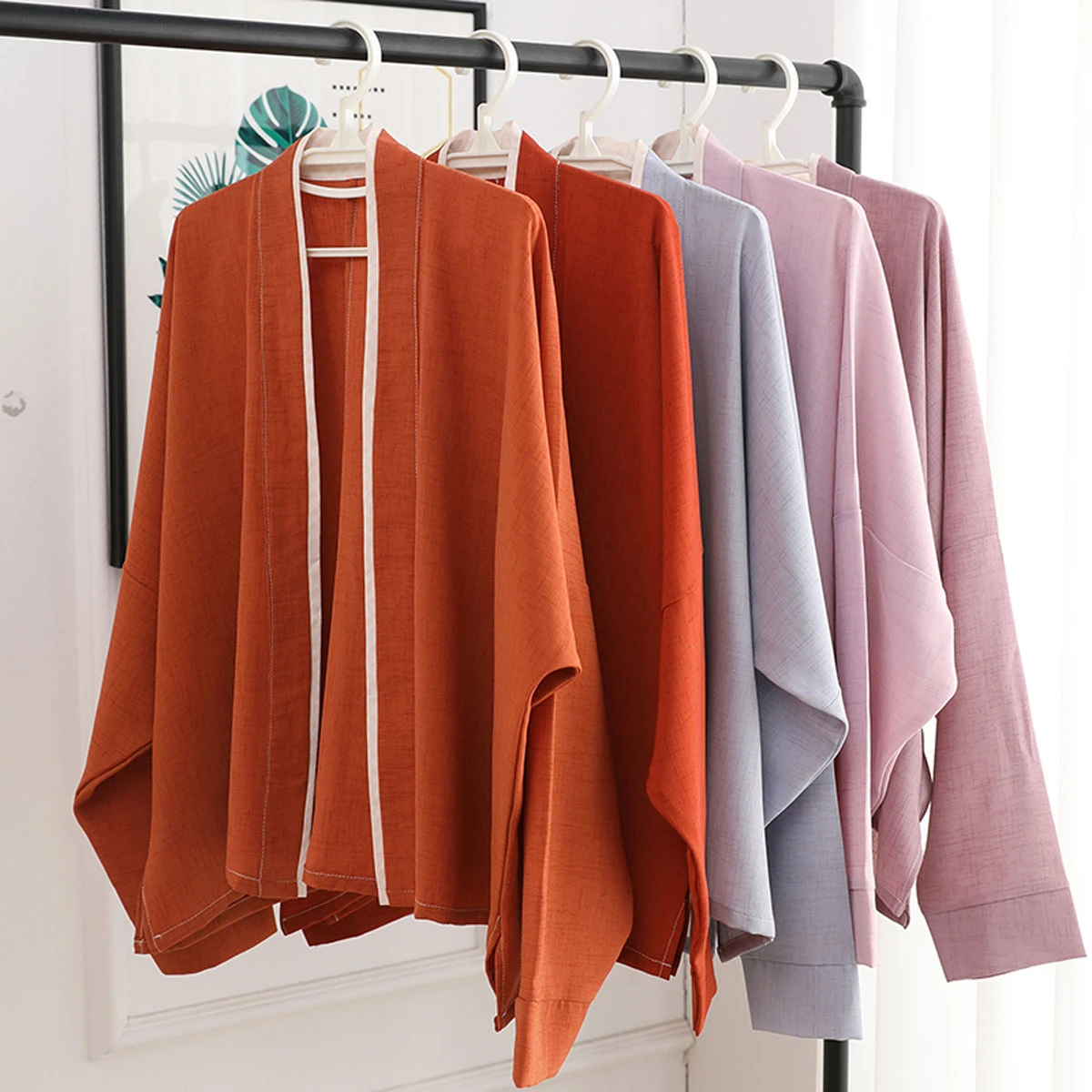
Skirts
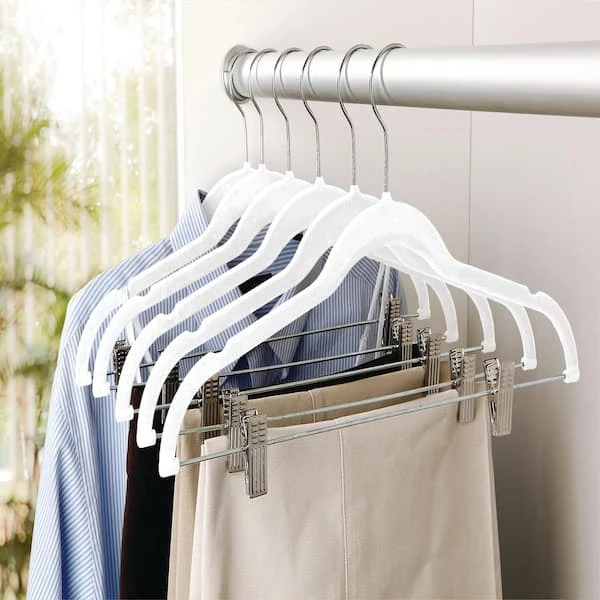
The easiest, most intuitive way to store your skirts is always going to hanging them. Look for these kinds of hangers that have strong clips on them, and try to choose ones that have larger, flatter clips so that they don’t leave marks on your skirt. To hang the skirt, fold the head of the skirt in thirds, then pull the ribbon out from the innermost side of the skirt. Clip the skirt head with the clips on the hanger, making sure that all three layers are clipped in, then pick up the ribbons together and loop them around the hanger’s hook so they don’t trail on the ground and get dirty.
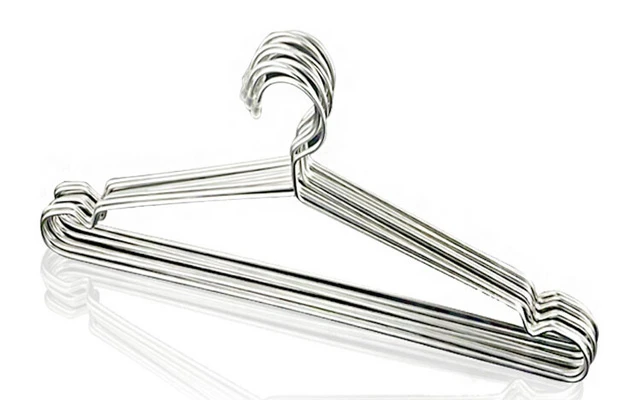
Altenatively, if you’ve got a really heavy skirt that just will not stay up, you can find a hanger like this, preferably metal or wood, that has a solid bar at the bottom. Similar to the clip method, fold the skirt in thirds, then drape the body of the skirt over the bottom bar of the hanger so that one half hangs on either side of the clotheshanger. Unfortunately sometimes this can leave marks on the skirt, but you won’t have to worry about, say, a very heavy mamianqun slipping off the clips.
In the case that you have to fold a skirt, don’t worry, I got you there too! Most of the time it’s better to hang skirts made of cotton, linen, or easily wrinkled crepes and organzas, but for polyester skirts that don’t wrinkled too easily it can save more space to fold them. You’ll need a large surface.
Start by folding the skirt in thirds like before, then lay the whole skirt out on the large surface—it should form a trapezoid shape, with the skirt head and the hem parallel and either side of the skirt fanning outwards. Imagine a line running perpendicular to the skirt head from the edge of the skirt head straight down to the hem, and fold everything to the side of this line inwards towards the center. Repeat with the other side and you should end up with a long rectangle. Then, depending on the length of the skirt, you can fold this rectangle up in thirds or fourths for a nice little square to safely put away. You don’t have to be too precise with this, since the folds tend to go everywhere.
Tops
Not that hard to store! Inner tops like ru can usually be best folded similar to most of your shirts or jackets. Just be sure to lay the top out flat on a surface first, and arrange the entire top so that it lays flat, and then you can go about folding as usual. Longer or stiffer, thicker tops like ao might benefit from hanging as well, just be sure to find high friction hangers or tie down the top so that it won’t fall off.
Big Sleeves and Outerwear
Large sleeves can be a whole other monster to deal with. Specifically for large sleeves in daxiushan and similar outer layers, I try to just hang my outer layers with extra-large hangers and hope the weight of the sleeves doesn’t drag everything down. If you’d like to fold them, though, you can proceed much like the normal inner tops: lay the whole thing out on a flat surface, smoothing the fabric down until it’s flat with the sleeves going straight out to the sides. The trick with large sleeves is to fold them upwards in half on themselves first, then in half again from the side so that they’re easier to deal with. From there you can fold them towards the center and continue as usual.
Diaodai/Camisoles
Most diaodai aren’t particularly prone to wrinkling, so you don’t have to worry about being very precise with these, which is a good thing because a lot of diaodai happen to have a small elastic band in the back that make them really hard to lay flat. If you must fold them for something like travel, you can just double them up in quarters and dump them in along with your underwear or socks since they end up not taking very much space.
For long-term storage, I’d still recommend hanging them just because they’re annoyingly hard to locate otherwise. If you have enough closet space and enough hangers, you can use hangers like these with carved out nooks in the shoulders that the straps of the diaodai can rest in so they won’t fall off. If you don’t have any of these, and your diaodai isn’t that easily wrinkled, I’d actually recommend not hanging both of the straps around the hook of the clotheshanger instead of risking it by just putting them on the hanger where they could slip off. If you’ve built up a large collection of them, you could even just try looping a bunch of them on a belt hanger with a lot of hooks or stacking them on the hook of one hanger.
Robes
Robes can be difficult to deal with because they can combine the annoyances of big sleeves and skirts all at once—once again, especially since robes are often made with wrinkly fabrics, I’d just go with hanging these if your hanger can handle their weight. If you must fold them, which is sometimes more practical because they’re so heavy, you’ll need an even bigger flat surface to lay it out on. Once you do, though, it isn’t too bad—just treat the top and bottom of the robe as two separate sections and proceed as usual. Fold up the big sleeves if there are any and then fold them towards the center so they overlap with the body of the top, then fold the trapezoidal sides of the skirt part inwards until it’s a rectangle and double it upwards from the hem until the skirt also overlaps with the body of the top. Then you can just fold the whole thing in half and smooth it down—if you’ve done it on a large enough flat surface, it should reduce the space needed to store the robe significantly.
Full Sets
What if you’ve got a full set that you want to store together? I’ve got you! For hanging, the best hangers to use are these kinds, which have both clips and the hanger shoulders to let you hang tops from, bonus if there’s a hook in the front for stackability and divots for straps. Other than that, some points to look for when buying hangers include moveable clips ( so you can adjust the distance between them according to the length of the skirt head), spinnable hanger hook, divots to hang straps from, high-friction on the hanger so things don’t slip off, wood or metal or at least strong plastic bodies so the thing doesn’t snap, and of course, again the hook at the front.
You’ll want to start by clipping the skirt or pants of the set in as usual, making sure the clips are even—if there’s a hook, you can use it to hang the ribbons from; if not, loop them around the hook of the hanger. Then if there’s a camisole or diaodai as part of the set, proceed with that, hooking the straps into the divots on the hanger but allowing both layers of the body of the diaodai to hang down in front of the skirt. Then you can place the tops or outer pieces around the hanger as usual. If there are belts or hair ribbons, you can put those around the hook of the hanger too. If you can’t find hangers that have clips on them, you can do the same thing but use the alternative skirt hanging method where you just fold them over the bottom bar of the hanger instead—it might be more bulky, but it’ll work.
Storing a full set by folding isn’t too difficult either. You can always just stack the folded pieces on top of each other and then tie it all together with the ribbons of the skirt. Another method, if you fear that they’ll fall apart from each other, is to keep the plastic bags that the hanfu came in when you bought it—there’s usually a good number of them that us hanfu enthusiasts build up after a while. After you’ve stacked them all and smoothed them down, you can slip them all into the largest bag you have to keep them together. This is a great way to store pieces that you don’t wear very often, as it saves a LOT of space after you’ve compressed the air out of the bag, and you can throw it all in a drawer without worrying that it’ll be messed up.
I personally haven’t quite figured out how to store hair accessories, wig pieces, and other small accessories yet, but I’ll write another article if I do ever figure out a system for those. At usual, let me know if you have any questions, and hope this helps you!
Moer about my hanfu article:
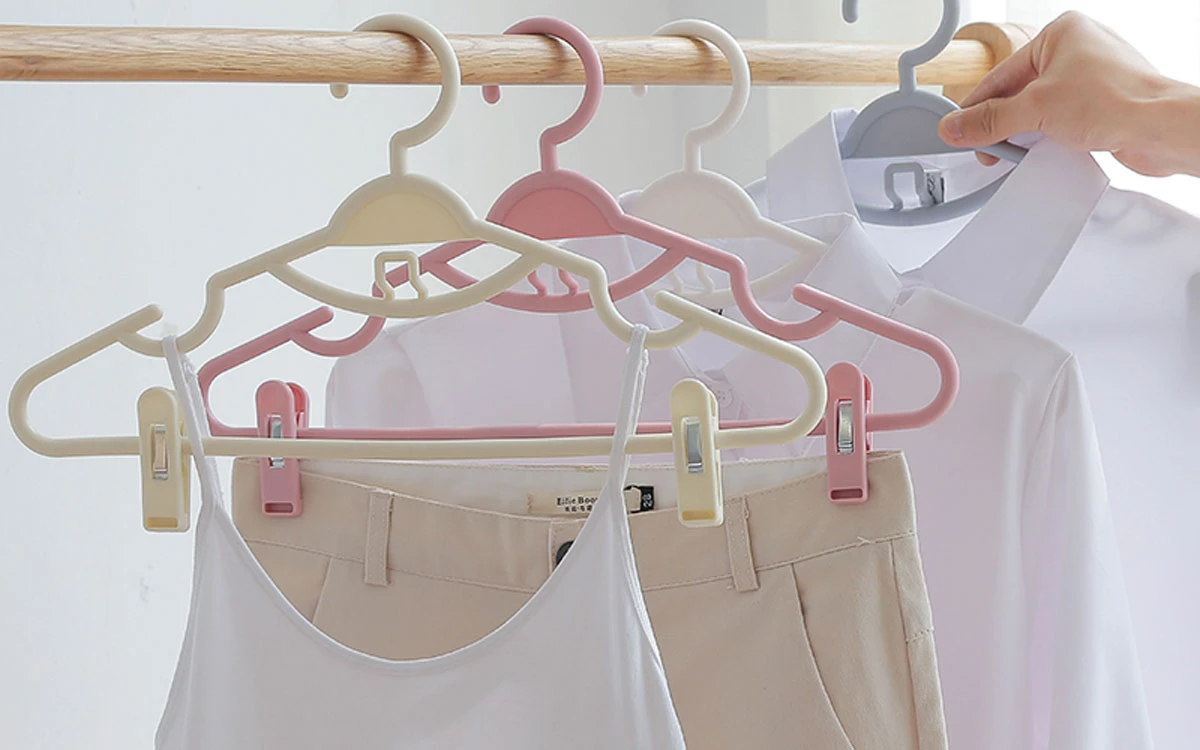
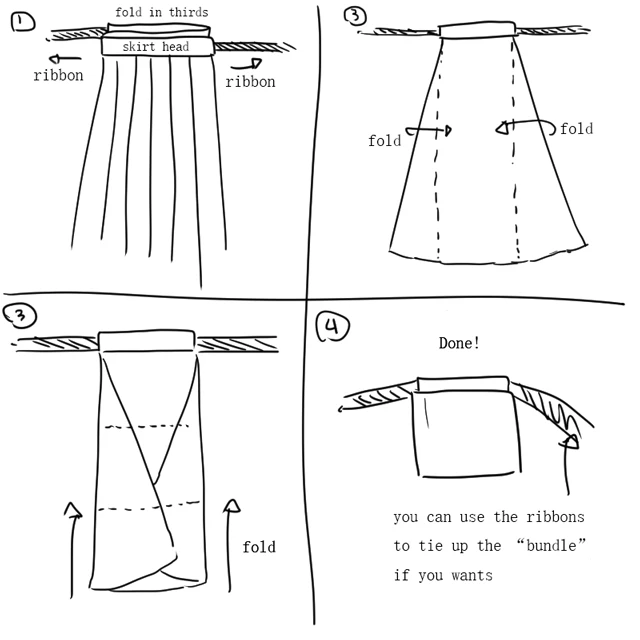
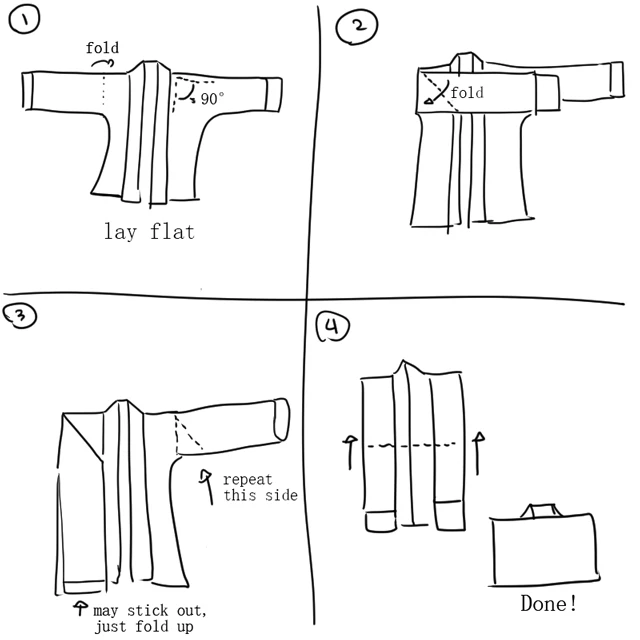
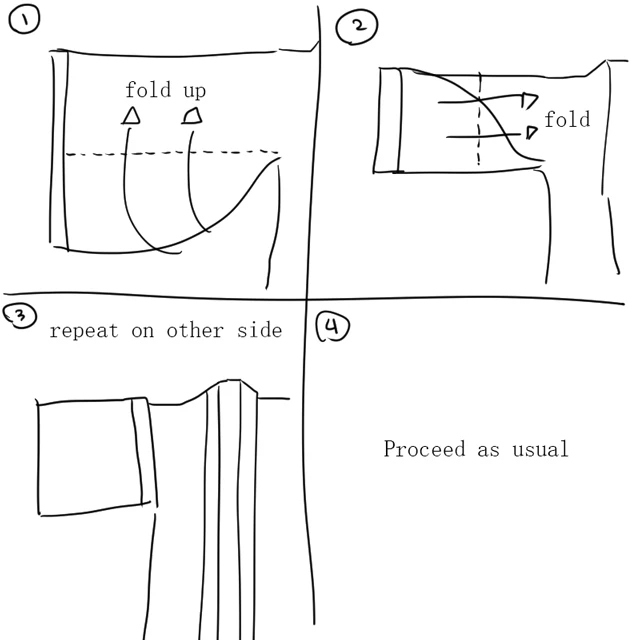
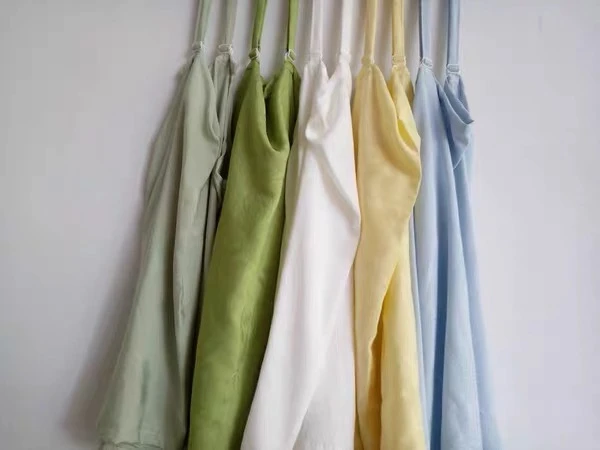

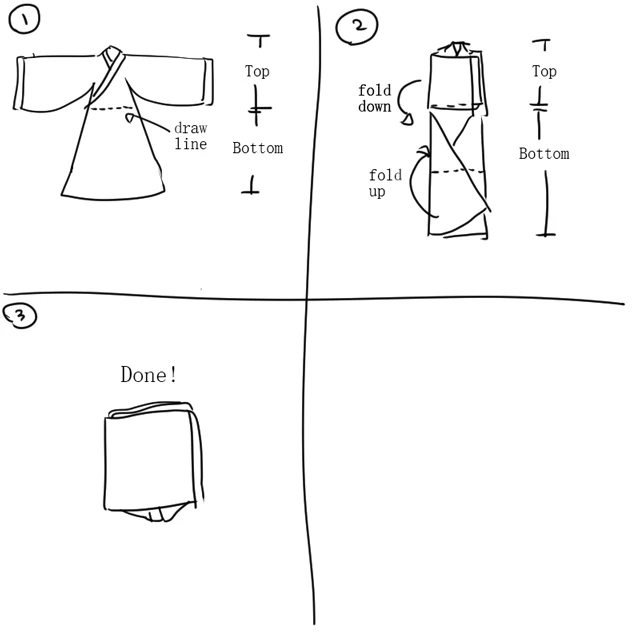
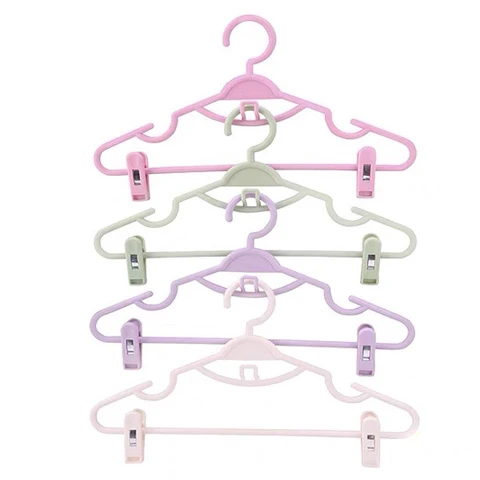
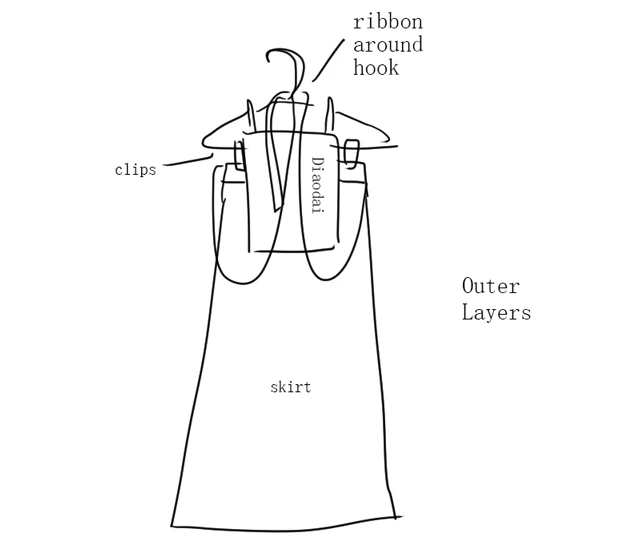
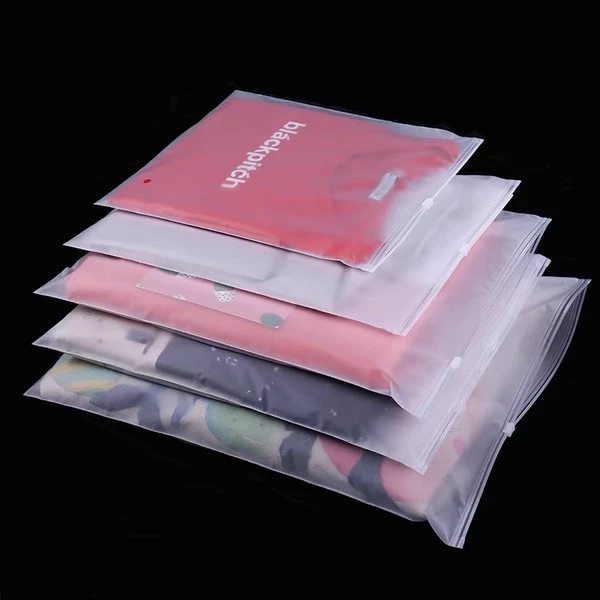

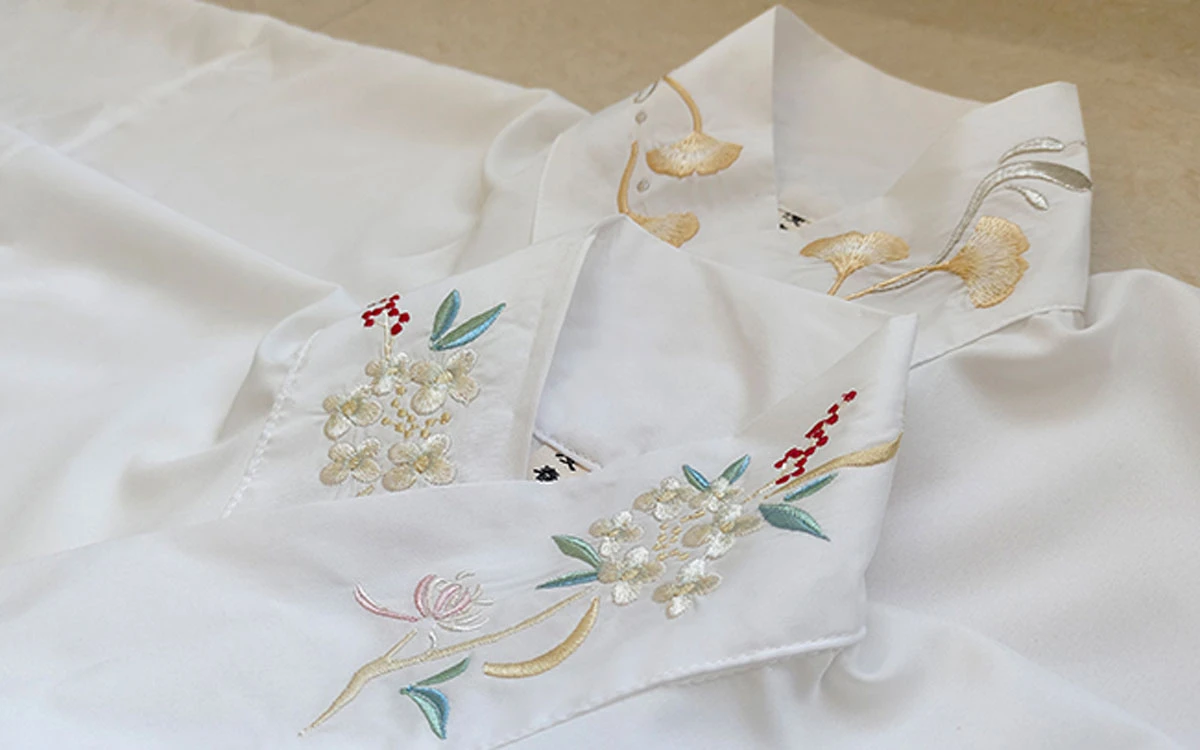
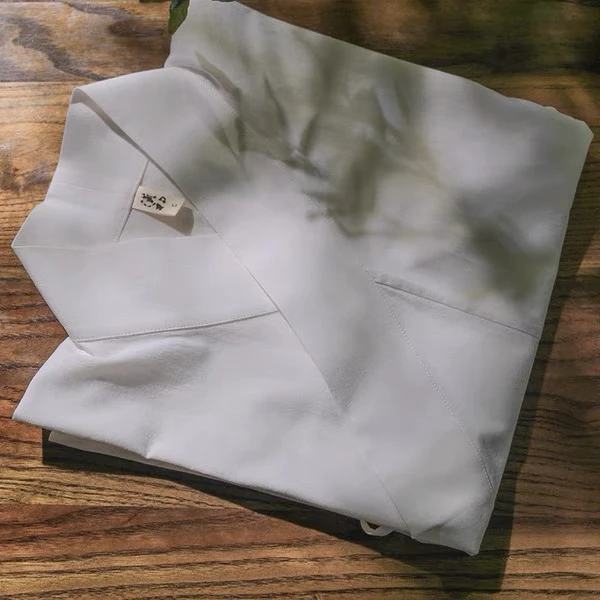

Ayee, thank you! 😆
Great tutorial, thanks!
thanks👍
Ini sangat membantu ku dalam melipat baju
Terimakasih artikelnya
I love your Illustrations, LOL
Wow, really helpful, thanks! I'm thinking about folding all my costumes and store them in boxes to save up wardrobe space. And since this is what people used to do historically, I can't do wrong here. ^^